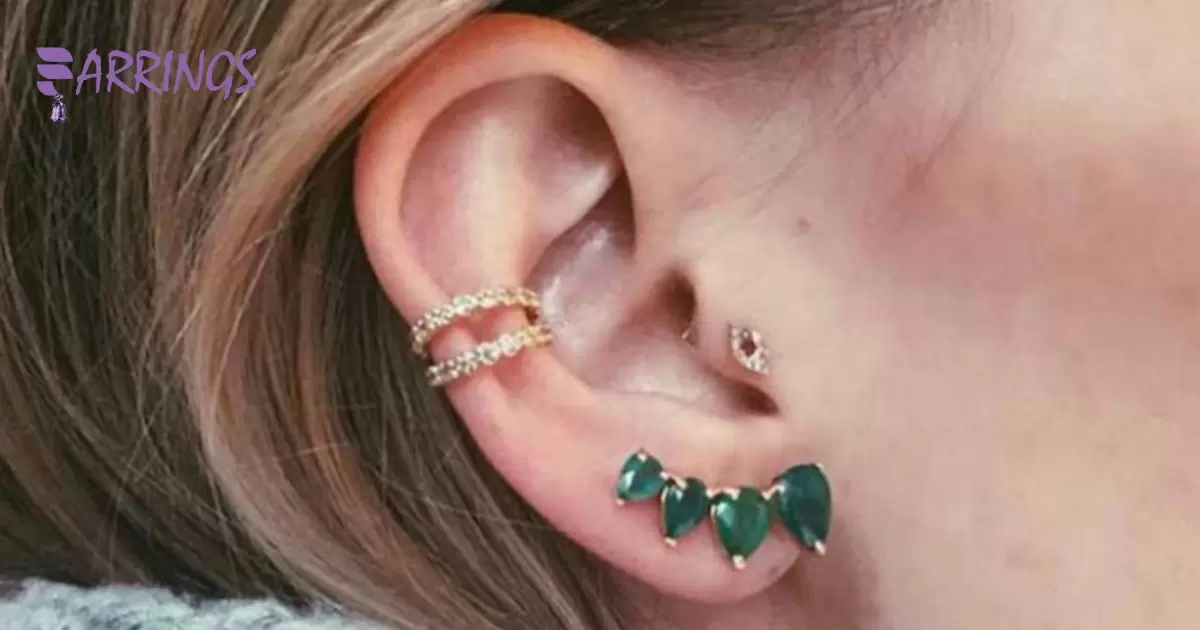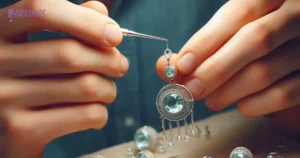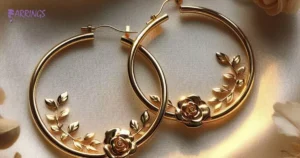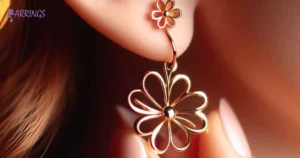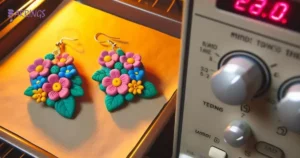A conch piercing is located in the center part of the ear; a conch cuff slides onto the edge of the ear without puncturing it. Conch jewelry gets its name from the conch shell shape of that part of the ear.
Conch piercings decorate the inner ear’s seashell-shaped conch area. Non-piercing conch cuffs slide onto the ear’s edge, no needle is required. Both showcase the ear’s curves with eye-catching bling, from subtle studs to dramatic showstoppers. For novelty and wow without new holes, conch cuffs edge out piercings.
Unlike piercings, conch cuffs don’t puncture your ear. Slipping an open cuff along the outer rim, it hugs the inner ridge. Cuffs offer flashy jewelry without commitment or healing time. Both cuffs and piercings accentuate the ear’s natural contours. Going puncture-free, cuffs provide an easy shortcut to statement style.
Key Takeaways
- Cuff piercings offer a non-permanent way to achieve the look of a conch piercing.
- They come in various styles, from simple bands to elaborate designs with charms or gemstones.
- Aftercare involves daily cleaning with saline solution and avoiding touching the piercing with dirty hands.
- Avoid removing the initial jewelry too soon and follow the piercer’s advice for proper care.
- Jewelry options include studs, hoops, and captive bead rings, made of high-quality materials like titanium or surgical steel.
Cartilage Thickness and Pain Level
The thickness of your cartilage can influence how much pain you feel during a piercing. Thicker cartilage tends to make the piercing process more painful, as the needle needs to pass through more tissue.
On the other hand, if you have thinner cartilage, you might experience less pain, as the needle doesn’t need to penetrate as deeply. Pain tolerance varies from person to person, so what feels painful to one person might not be as uncomfortable for another.
Conch Piercing Procedure
The piercer marks the entry and exit points on the conch area. Then, a sterilized hollow needle is swiftly inserted through the marked spots. The jewelry, typically a captive bead ring or a barbell, is then carefully placed into the new piercing.
After the procedure, the piercer will provide aftercare instructions. Healing usually takes about 6-12 months. Wearing Good Size Diamond Earrings can enhance your style while ensuring minimal interference with the healing process. Following these steps helps prevent infection and promotes proper healing.
Initial Jewelry Options (Bars, Hoops, Studs)
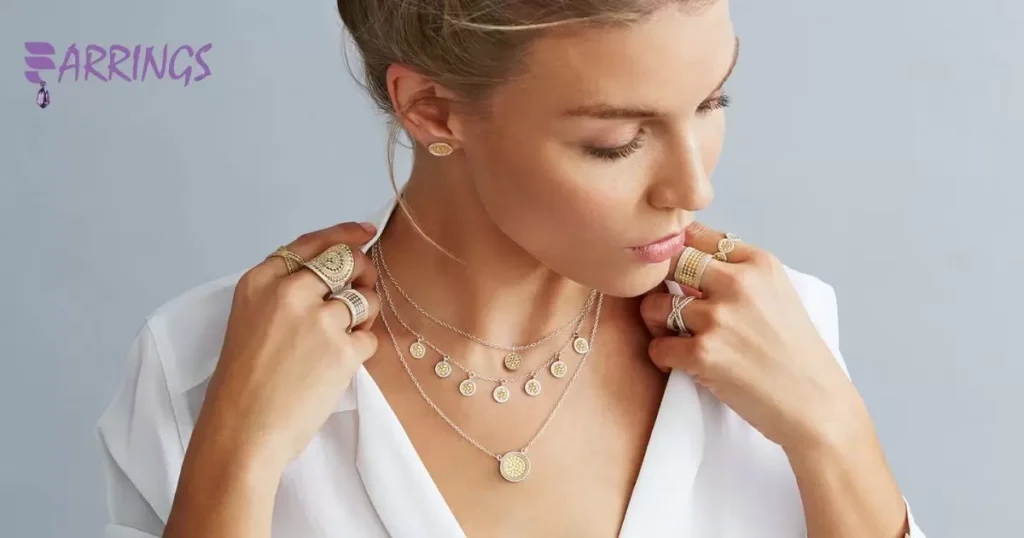
Choosing initial jewelry for your conch ear cuff piercing is all about personal style. You’ve got three main options to consider: bars, hoops, and studs. Bars offer a clean and modern look, ideal for those who prefer simplicity.
Hoops bring a bit of edge and come in different sizes to match your vibe. On the other hand, studs exude timeless elegance, whether you opt for a minimalist design or something more eye-catching with gem accents. Your choice of initial jewelry can elevate your conch ear cuff piercing and reflect your individual taste.
Conch Aftercare
After getting a conch piercing, clean it daily with saline solution. Avoid touching it with dirty hands. Don’t remove the initial jewelry too soon. Follow your piercer’s advice. Avoid submerging your ear in water. Don’t use alcohol or hydrogen peroxide to clean it. Be gentle when drying it. Keep hair products away from the piercing.
Cleaning With Saline Solution
To clean your conch piercing with saline solution, mix 1/4 teaspoon of sea salt with 8 ounces of warm water. Soak a clean cotton ball in the solution. Gently wipe around the piercing to remove any crust. Do this twice a day to keep the area clean and promote healing. Avoid using harsh cleansers or alcohol, as they can irritate the piercing.
Minimizing Movement And Pressure
To minimize movement and pressure on your conch piercing, avoid sleeping on it. Use a travel pillow for support. Be cautious when using headphones or wearing hats. Avoid tight clothing that could rub against the piercing. Be mindful of pets and small children around your ear.
Avoiding Swimming In Steamy Environments
Avoid swimming in steamy environments, like hot tubs or saunas, as they can harbor bacteria and increase the risk of infection. Wait until your conch piercing is fully healed before exposing it to these conditions, as they can also cause sweating, which can irritate the piercing.
Changing Jewelry After Full Healing
After your conch piercing has fully healed, you can change the jewelry. Wash your hands before touching the piercing. Carefully remove the current jewelry. Clean the new jewelry with saline solution. Gently insert the new jewelry into the piercing. If you’re unsure, ask your piercer for help.
Conch Pain And Complications
Conch piercings can be painful initially. Swelling, redness, and tenderness are normal. If pain worsens or persists, consult your piercer or a healthcare professional. Infections are possible but can be prevented with proper aftercare.
Seek medical attention if you notice signs of infection. Jewelry embedding is rare but can occur if jewelry is too tight. Monitor the piercing for any signs of embedding. If you experience excessive bleeding, swelling, or discharge, seek medical help immediately.
Conch Piercing Options
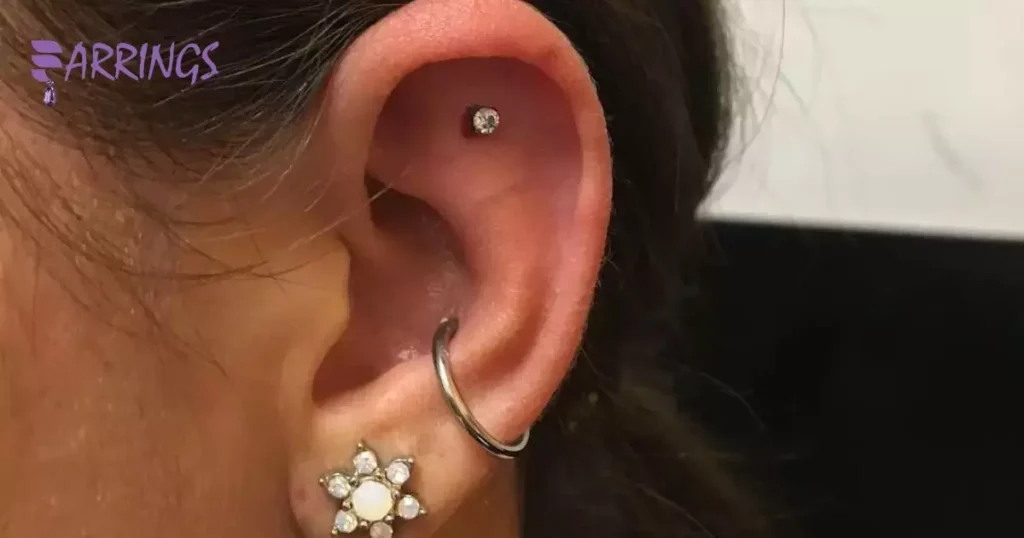
For conch piercings, you have various jewelry options. You can choose from studs, hoops, or captive bead rings. Consider your style and comfort. Pick jewelry made of high-quality materials like titanium or surgical steel.
Ensure it fits snugly to avoid irritation. Keep an eye on any signs of infection. If you notice redness, swelling, or discharge, consult a professional. Follow their advice for proper care.
Frequently Asked Questions
How do you wear a conch cuff?
To wear a conch cuff, slide it onto the outer part of your ear and gently squeeze to secure it in place.
Can you wear ear cuffs with piercings?
Yes, you can wear ear cuffs with piercings for a stylish layered look.
What is a cuff piercing called?
A cuff piercing is often referred to as a helix cuff or an ear cuff.
Conclusion
Conch cuffs slide right onto the ear’s edge for eye-catching bling. No piercing means no pain, no healing time, and no risk. Style your look daily or swap out cuffs with your outfit. When you crave drama without new piercings, conch cuffs deliver.
Like conch piercings, cuffs accentuate the ear’s curves. Both make a statement, but conch cuffs do it faster. For piercing-free pizzazz swapping out with your mood, conch cuffs rule over needles. Conch cuffs bring instant glam; no commitment is required. When you want to shine without new holes, these ear enhancers fit the bill.
